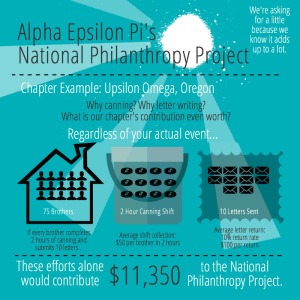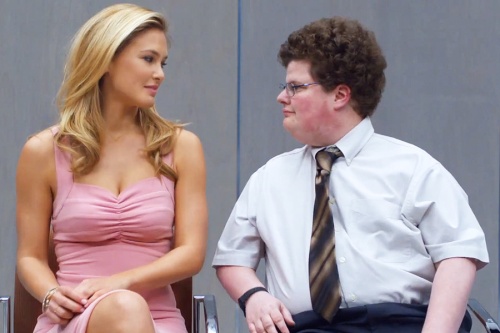As the lone branding and humor blog in my class full of PR blogs, I couldn’t believe the bone my professor Kathryn Thier threw me this week in our options for this week’s response post. This one was even labelled “branding and humor.” No wiggling or maneuvering this week. This one’s right up my alley.
Although it took me a read through Brian Koerber’s Mashable post about Vanilla Ice’s new campaign with Kraft promoting the new Teenage Mutant Ninja Turtles mac and cheese to understand the love story between the rapper and the noodles, my initial reaction to the new commercial was utter confusion.
What does an outdated rapper have to do with snacks, kids who want snacks, or Teenage Mutant Ninja Turtles? Don’t worry, I didn’t get it right on the first try either. The answer? The parents.
Maybe I’m already a 21-year-old geezer, making “back in my day” references, but when I was that kid’s age, Vanilla Ice was already “old school.” Now, I haven’t seen any of these new TMNT movies, but I think I would know if Ice was relevant again. (Although apparently he is.)
Kraft went smart here, though, while going funny. They don’t need to make the kids laugh. The kids want the TMNT mac and cheese because they like the show now. Unfortunately for them, mom and dad do the grocery shopping. BUT, fortunately for them, not only was Vanilla Ice still on the mic when they were younger, but TMNT was the latest craze. Kraft went for the wallet on this one, and by wallet, I actually mean the holder of the wallet.
I’ve heard a few places that the first rule of marketing is that sex sells. I’d like to motion that the second rule of marketing be that nostalgia sells. I may be a few years to young to have a kid who wants mac and cheese (or let alone have a kid), but nothing gets me jonesing for that cheesy goodness, an already nostalgic experience, like noodles in the shape of childhood TV show characters. I’m just waiting for Kraft to release some Rocket Power shapes, and I’ll be good to go.
What do you think? Can nostalgia be the way to our hearts and wallets?



